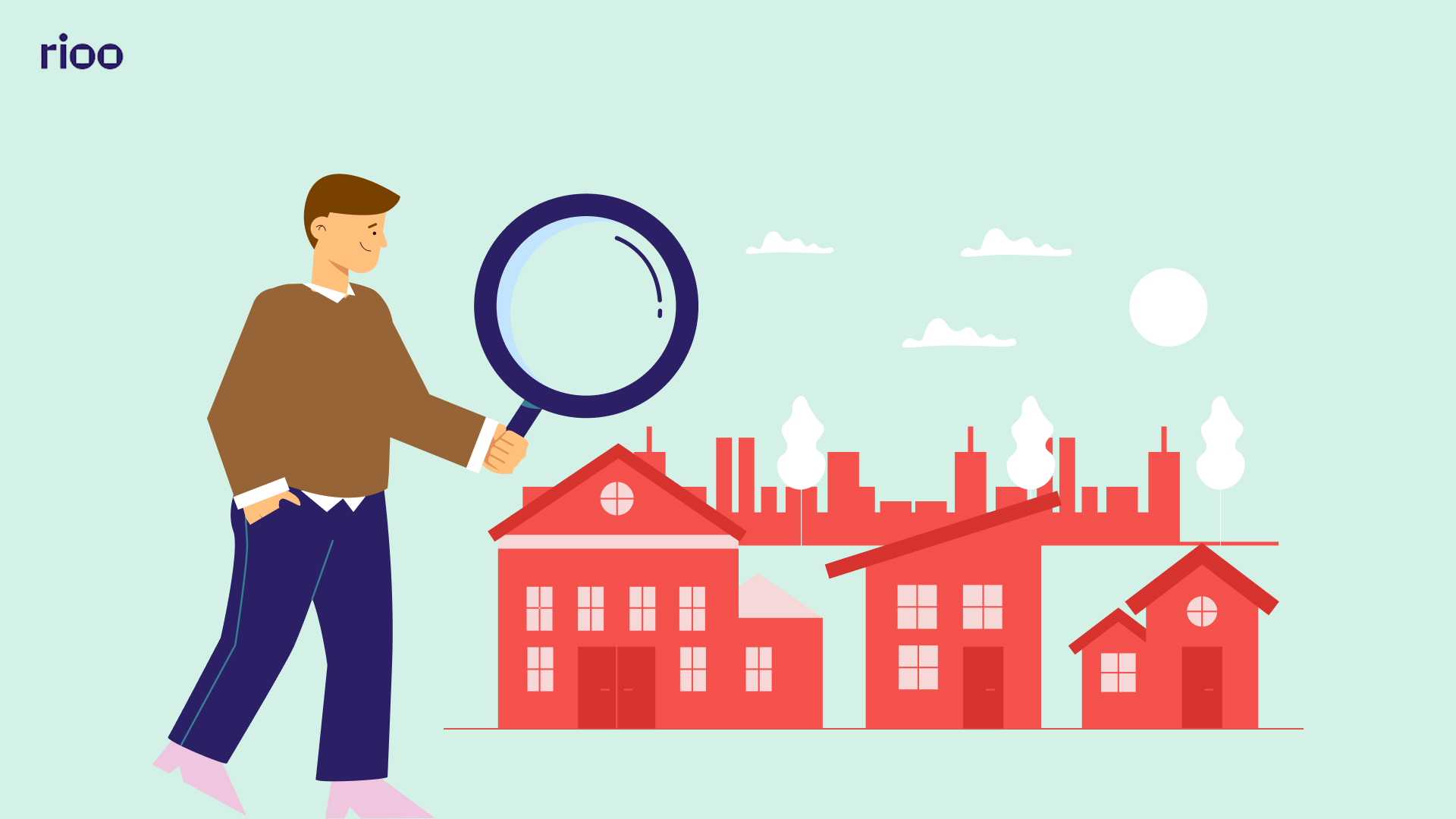
When it comes to managing a property, owners are often faced with balancing the need for efficient operations and the pressure to keep costs down. Effective facility management plays a pivotal role in ensuring that properties run smoothly, stay in top shape, and provide a comfortable environment for tenants or users. However, many property owners are constantly looking for ways to manage these tasks in a cost-effective manner. In this blog, we will explore cost-effective facility management strategies that can help property owners save money while maintaining a high standard of service.
1. Regular Preventive Maintenance: A Key to Long-Term Savings
One of the most important aspects of cost-effective facility management is adopting a preventive maintenance approach. Rather than waiting for something to break or malfunction, regular inspections and proactive maintenance can help identify small issues before they escalate into costly repairs. For example, inspecting HVAC systems, plumbing, and electrical setups regularly can prevent emergency repairs that would cost significantly more.
By staying ahead of potential problems, property owners can avoid expensive repairs and replacements, extending the life of key infrastructure and ensuring smooth operations year-round. Preventive maintenance is one of the best property maintenance strategies for keeping costs under control.
2. Optimize Energy Usage with Smart Technology
Reducing energy consumption is another excellent way to lower operational costs. By using smart technology, property owners can monitor and control energy usage more effectively. Smart thermostats, energy-efficient lighting systems, and automatic control of heating and cooling can significantly reduce utility bills.
Integrating energy-efficient systems as part of cost-effective facility management not only saves money but also helps in promoting sustainability. Tenants are likely to appreciate energy-saving efforts as well, which can improve tenant retention and satisfaction.
3. Embrace Technology for Efficient Operations
Implementing the right technology tools is a game-changer when it comes to cost-effective facility management. A property management platform that integrates facility management features can help property owners streamline tasks like scheduling maintenance, tracking work orders, managing inventories, and communicating with contractors or tenants. By reducing manual work and minimizing errors, technology can save time and resources, making it easier to manage multiple properties efficiently.
Consider adopting software that helps track and monitor the overall performance of the property. This ensures that issues can be addressed quickly, and property owners can better allocate their resources for maintenance and repairs.
4. Focus on Vendor Management for Better Pricing
Choosing the right vendors and negotiating competitive contracts is essential for budget-friendly property management. Building strong relationships with contractors and suppliers, and maintaining a competitive selection process, can result in better pricing for services like landscaping, janitorial, and repair work.
Instead of opting for the lowest bidder, property owners should focus on the quality and reliability of the vendors to avoid potential delays and additional costs later on. Regularly reviewing vendor contracts and services is a critical element of cost-effective facility management.
5. Regularly Review and Adjust Operational Costs
Another essential strategy in cost-effective facility management is reviewing and adjusting operational costs regularly. Look for areas where expenses can be cut without compromising service quality. This might include optimizing staff schedules, negotiating better utility rates, or investing in bulk purchasing for cleaning and maintenance supplies.
Reevaluating operational expenses periodically ensures that property owners are not overspending in areas that could be optimized, and this can ultimately lead to more significant savings.
6. Maintenance for Tenant Satisfaction and Retention
Maintaining a high standard of facility upkeep is also crucial for tenant satisfaction. Happy tenants are more likely to stay long-term, which reduces turnover costs associated with finding new tenants. Offering well-maintained spaces, quick responses to repair requests, and clean common areas creates a positive experience that helps retain tenants.
Incorporating facility management tips like maintaining clear communication channels with tenants, staying on top of minor repairs, and addressing their concerns promptly can help property owners avoid tenant dissatisfaction, which could lead to costly vacancies.
Conclusion
Cost-effective facility management doesn't mean cutting corners—it’s about making smart decisions, using resources efficiently, and implementing strategies that save money in the long run. By embracing technology, adopting preventive maintenance, optimizing energy usage, and managing vendors effectively, property owners can keep costs low while providing a quality experience for tenants.
Property owners who adopt these cost-effective facility management strategies can enjoy reduced operational costs, fewer unexpected repairs, and better overall property performance. Remember, managing a property efficiently requires a balance between cost-saving measures and ensuring the property is well-maintained, functional, and comfortable for its occupants.
Don’t miss out, get your RIOO
Subscribe to our newsletter and receive updates on the go













